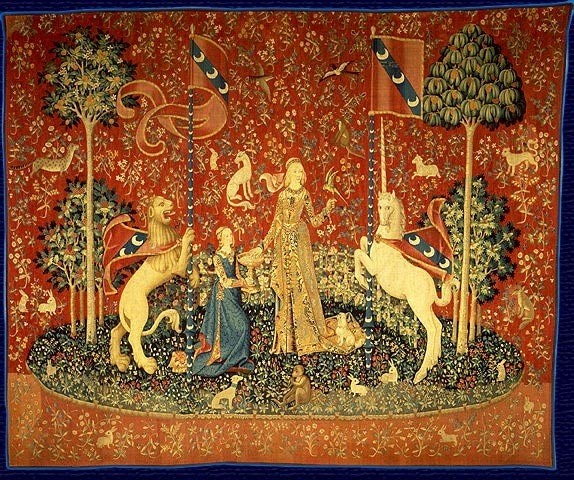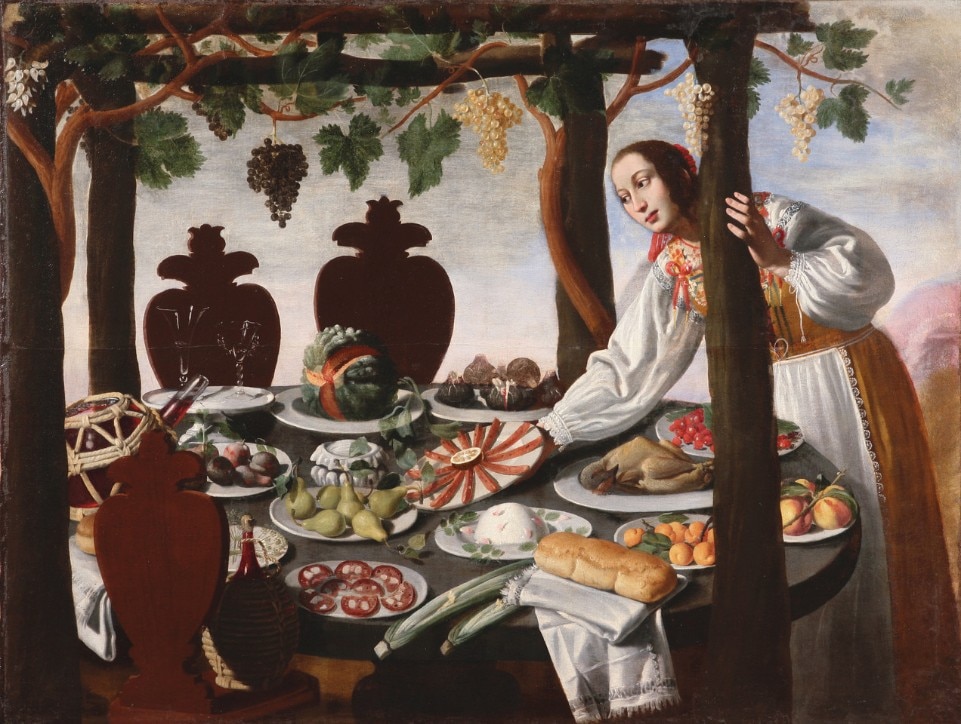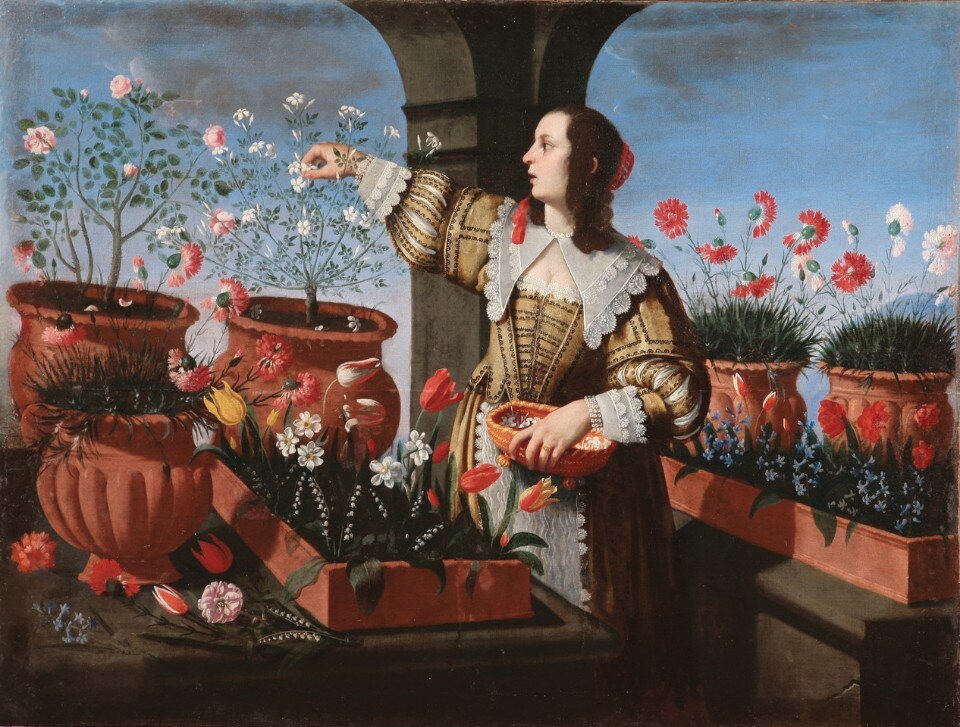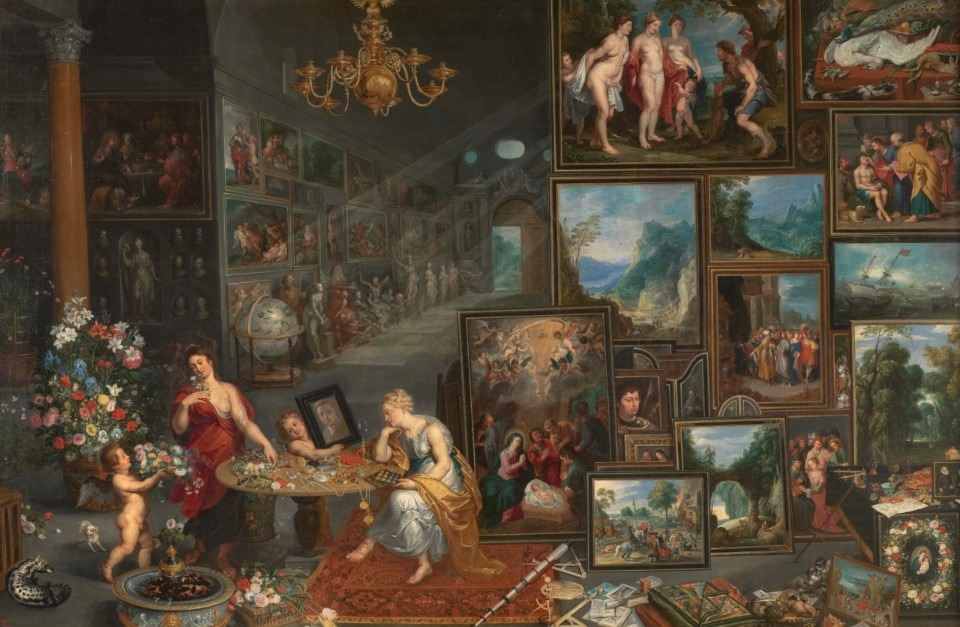The second wave of the COVID-19 pandemic is spreading like wildfire not only across Europe but also all over the world, excluding China. The contagion and hospitalization curve are alarming, and those who thought that the worst was now behind us will have to change their minds. The symptoms are now known – fever, cough, headache, conjunctivitis, but the clearest sign is the loss of taste and smell.
Greek philosopher Aristotle said that the senses are “the gates of knowledge” since they provide reason with important information for the learning process.
In the first centuries of the Christian era, a sort of devaluation of the senses began to take place, since they were considered dangerous and they easily led people to give in to temptation and lust. During the Middle Ages, however, the iconography of the five senses started to arouse interest again, and between the sixteenth and seventeenth centuries, in the context of the spread of new scientific theories, it became increasingly important. Among genre scenes, still lives, symbolic animals, and personifications, the five senses appear on numerous canvases and sculptures, taking the form of objects, animals, or personifications of the human apparatus in a complex, sententious, almost Aristotelian description, or referencing the philosophy of Saint Augustine.

Between the end of the sixteenth and the beginning of the seventeenth century, Jan Bruegel the Elder painted the allegory of sight and smell, now housed in the Museo del Prado in Madrid. In a rich gallery of works, we find two women together with two cherubs. The woman on the left is busy smelling a bunch of flowers the cherub is holding, while the other woman is sitting at a table and admiring her beauty in a mirror supported by the second cherub. The sense of smell links space and time to memory – the memory of vanishing beauty, that is however made immortal by the artist through the creation of his many works of art.


The Museum of the Middle Ages in Paris houses a cycle of Flemish tapestries from the end of the 15th century, commissioned by Jean Le Viste, a wealthy notable from Lyon who also was the President of the Court of Aids. Each tapestry of the cycle – called The Lady and the Unicorn – uses a series of complex allegories of the senses to elicit the soul through the exercise of sensitive knowledge. The sense of sight is narrated through the image of a unicorn looking in a mirror while resting on the lap of the Lady. The sense of touch is exemplified by the act of the young woman caressing the animal’s horn. The sense of hearing is articulated through a musical instrument that the Lady seems to be playing. The sense of smell is recreated by a little monkey smelling a rose. The taste, the most interesting sense in this narration, hides many different allusions and symbols. Right at the center of the tapestry, a woman is handing the Lady a bowl full of sugared almonds – the taste. However, the Lady is represented next to a goat, symbol of freedom, and in her hand there’s a parrot holding a crumb in its claws. At the feet of the two women, we find two animals – a monkey and a dog. The first carries a berry in its mouth, mimicking the lady. Symbol of stupidity, the animal is compared with the dog on the left, emblem of marital fidelity. The comparison of the two animals alludes to the ability to tame, through obedience, the passional instincts that are also highlighted by the two rabbits depicted on the far left of the tapestry, whose reproductive habits are universally known, thus alluding to uncontrolled erotic urges – of which taste is probably the most daring symbol.
Aristotle, Lucretius, Ovid, and St. Augustine narrated and illustrated the five senses which became, also thanks to Vincent of Beauvais’ Speculum Naturale or Ignatius of Loyola’s Spiritual Exercises, one of the distinctive features of Baroque painting.
Plutarch sustained that “for it is in their own company that organs of sense are infected and won over and become licentious when they do not keep to natural standards.”
Opening image: Jan Brueghel the Elder, Allegory of Sight and Smell, 1620


